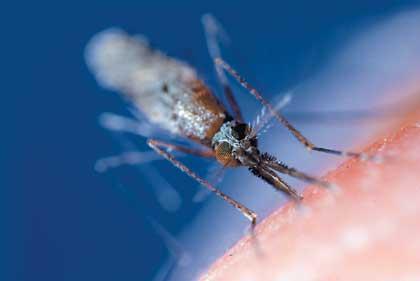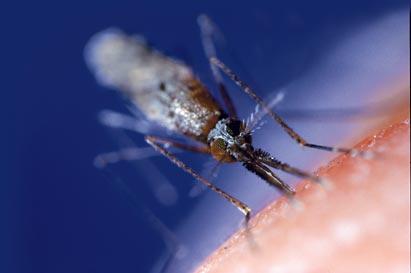Anopheles discovered immune mosquito
2010/09/15 Aulestiarte Lete, Izaro - Elhuyar Zientziaren Komunikazioa

With the aim of designing new strategies against malaria, the National Institute of Allergy and Infectious Diseased of Maryland has studied in depth the immune system of the Anopheles gambiae mosquito. This mosquito transmits the disease by introducing the microorganism Plasmodium falciparum into humans. To do this, the insect itself must be immune. In fact, scientists have investigated how the mosquito is immunized. Conclusions published by the journal Science.
In the experiment, mosquitoes were divided into two groups and fed blood from rats contaminated with Plasmodium. One group was soon infected, while the other was not because the insects were in a room that was too hot for the parasite to grow. At seven days, both groups were fed contaminated blood. Because already contaminated mosquitoes faced the parasite “ten times better”, many continued alive with a better reproductive capacity than those that were not contaminated.
It seems that granulocytes are responsible for this: the researchers found that the number of granulocytes was three times higher in blood from previously contaminated mosquitoes. Granulocytes are cells of the immune system that are attacked by the detection of a strange cell in the blood of the insect.
This number of granulocytes, however, is necessary to have prior contact with the microorganism of malaria. In fact, Plasmodium weakens the walls of the intestine and intestinal bacteria cross the wall. This favours the formation of more granulocytes that are more resistant to the parasite.
To prove this, the researchers repeated the experiment, but administered antibiotics to mosquitoes against intestinal bacteria. The number of previously contaminated mosquito granulocytes did not grow then, causing the death of several insects.
Scientists say that knowing how mosquitoes can become immune to the parasite brings new clues to malaria research.

Gai honi buruzko eduki gehiago
Elhuyarrek garatutako teknologia






